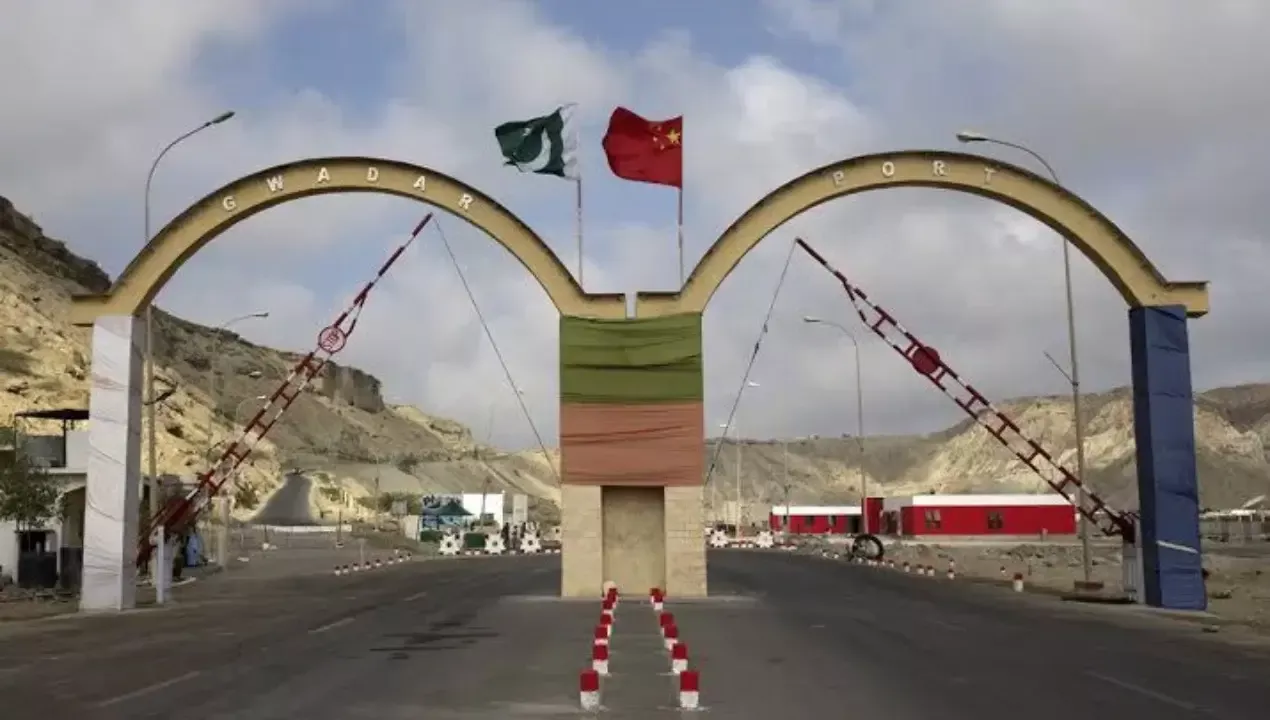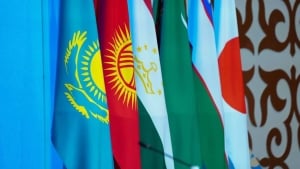
The China-Pakistan Economic Corridor (CPEC) was announced in 2015 as a key part of China’s “Belt and Road” initiative, with plans to invest over 60 billion dollars in infrastructure projects expected to bring economic transformation to South Asia. This was reported by Zamin.uz.
This project is especially aimed at developing Pakistan’s economy and connecting China directly to the Arabian Sea through the Gwadar port by land. However, due to nearly a decade of delays, incomplete project implementation, and increasing debts, the Chinese and Pakistani sides have launched a new phase called “CPEC 2.0.”
In this phase, the main focus is planned to shift from heavy infrastructure to agriculture, mining industry, information technology, and special economic zones. However, experiences from the first phase and uncertainties in financing cast doubt on the success of the new phase.
CPEC 2.0 is not really a new beginning but an attempt to restructure a problematic project. The projects faced many financial difficulties and delays.
China’s interest in investing has declined, security threats have increased, and Pakistan’s financial situation has worsened. Both sides have taken responsibility for the problems that have arisen.
China’s quick withdrawal amid rising security threats and Pakistan’s inability to ensure political stability and effective governance caused the project to stall. The first phase was marked by many delays, stoppages, and unfulfilled promises.
For example, in December 2017, Beijing temporarily halted financing for three major road projects. This revealed problems in financial control and risk limits.
Additionally, the planned coal-based power project in Balochistan was canceled. The Main Line-1 railway upgrade project was not implemented due to disagreements over contracts with China.
Pakistan is now seeking additional funds from the Asian Development Bank, indicating China’s reduced willingness to invest further. Pakistan’s recent financial difficulties have also exacerbated the problems.
By mid-2024, the country’s payments to Chinese power producers had increased significantly. This situation complicated cooperative relations and made new investments difficult.
Companies involved in CPEC projects have repeatedly complained about payment delays, which has reduced investor confidence. The Gwadar port is considered the most important part of the CPEC projects.
Despite large investments, it handled only a very small portion of Pakistan’s maritime trade in 2022-2023. The port’s infrastructure is underdeveloped, and the promised special economic zones have not yet been launched.
These problems limit the port’s potential as a regional logistics hub. The lack and delays in road, railway, and other engineering networks are dashing these hopes.
The main cause of the problems is systemic errors. China approaches project financing cautiously, taking into account risks and returns.
Pakistan’s inability to meet financial obligations and the lack of political and security stability have reduced China’s enthusiasm for investment. Additionally, bureaucratic obstacles, corruption, and political disagreements in Pakistan are slowing down project implementation.
The financial model’s ba...







